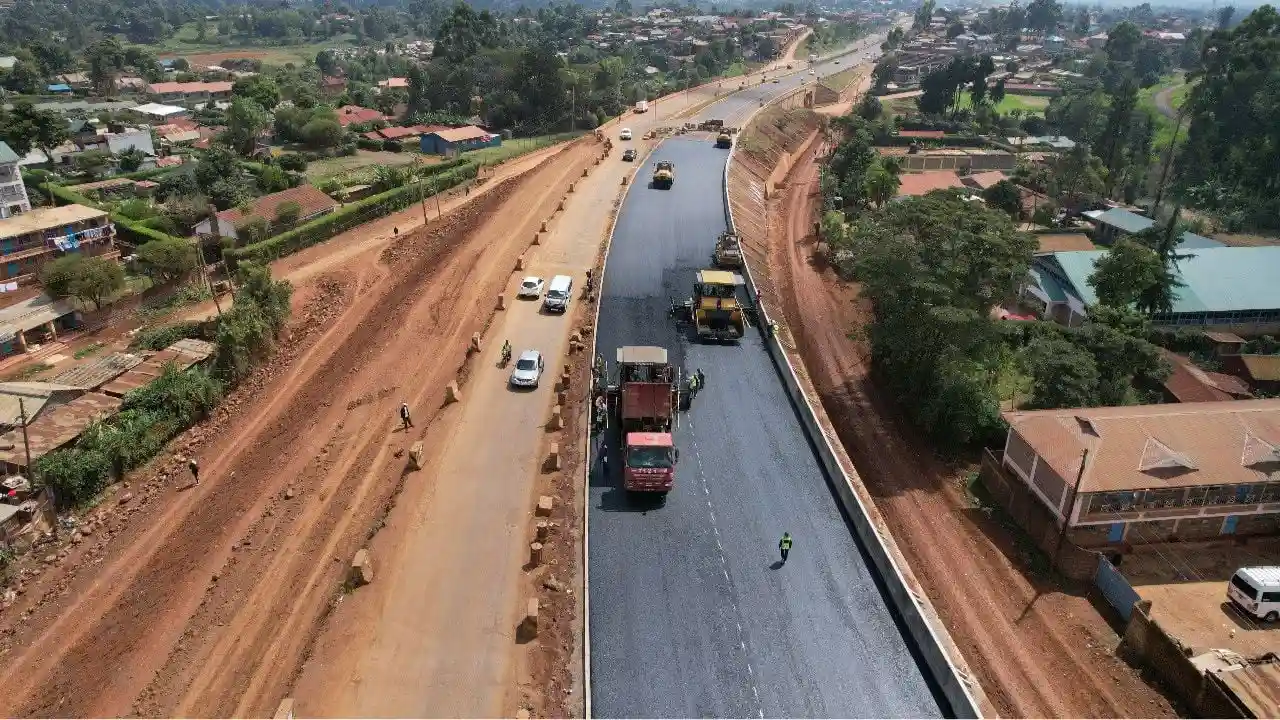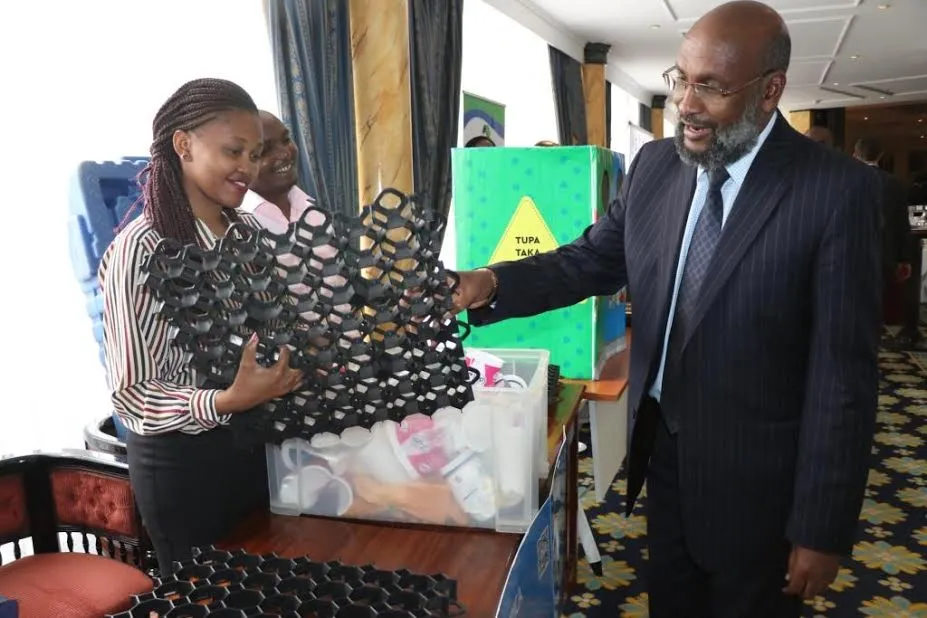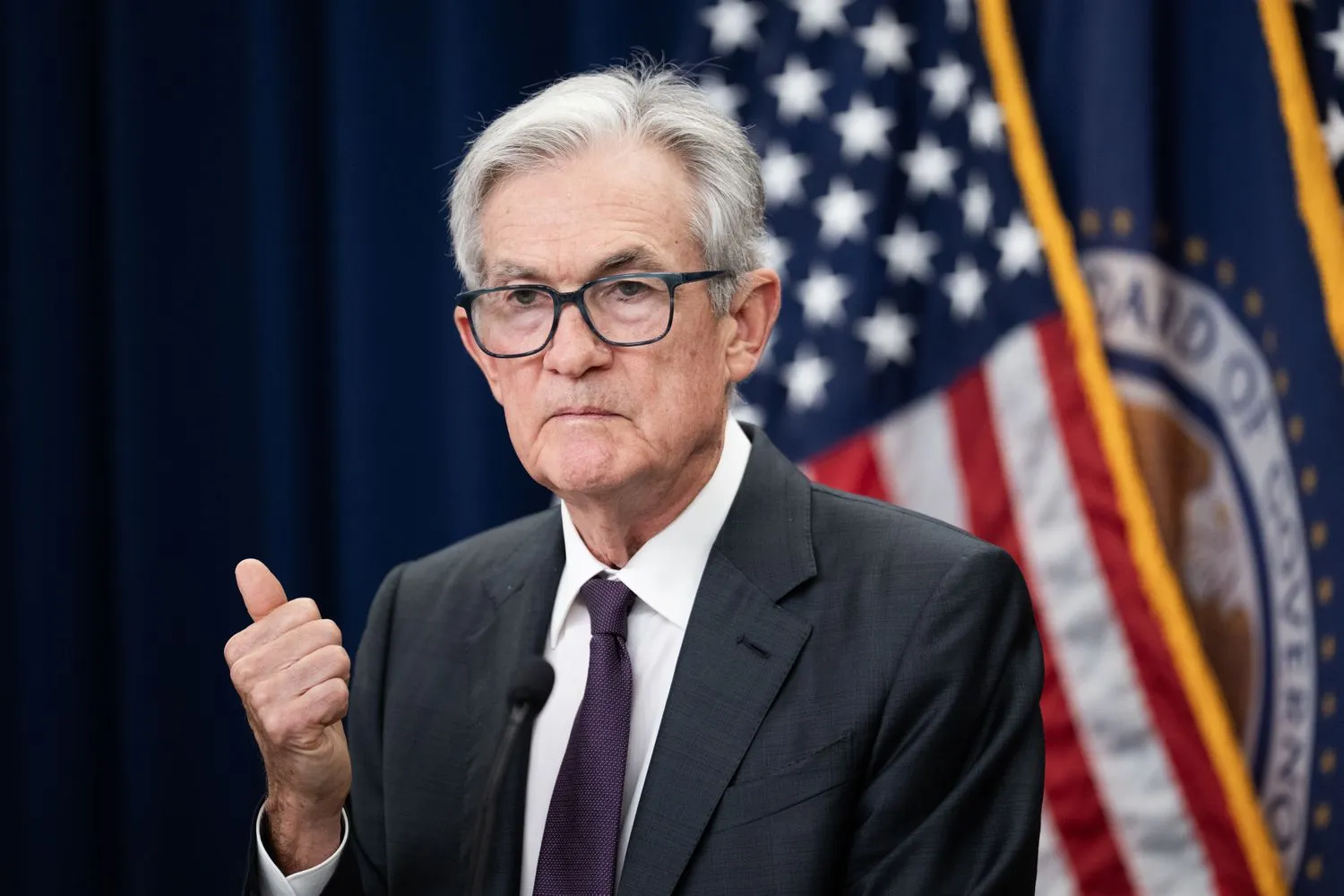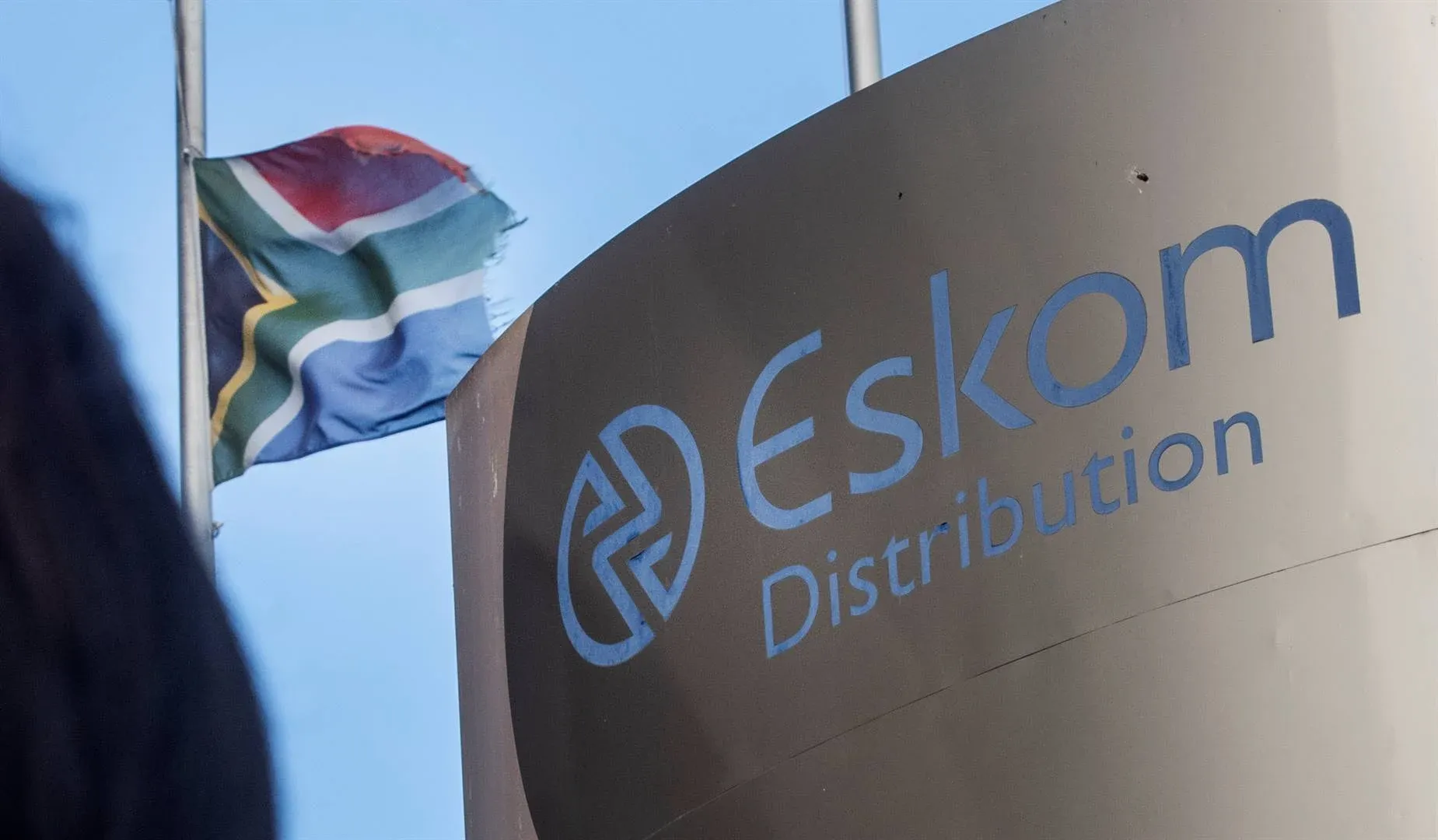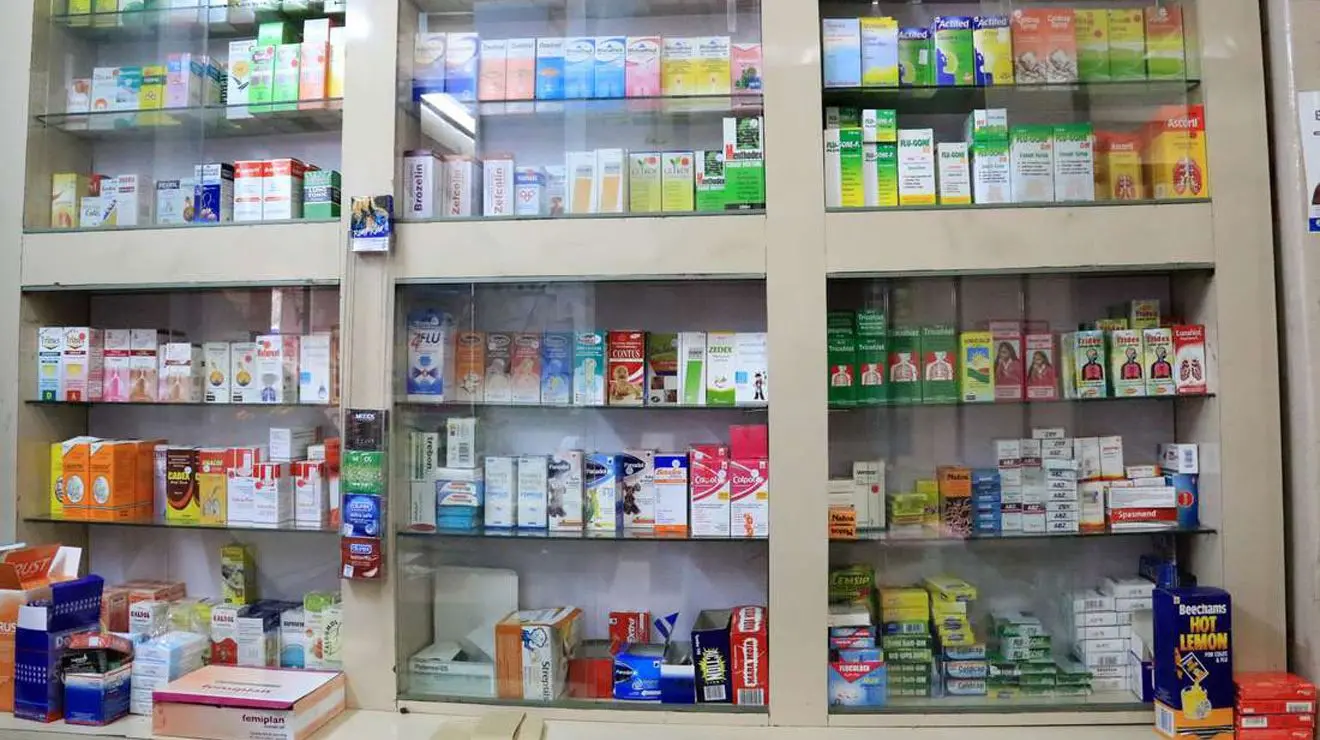A transformative infrastructure project linking Kenya and Uganda has received crucial endorsement from regional stakeholders, marking a significant milestone in East Africa’s efforts to enhance cross-border connectivity and facilitate regional trade. The 200-kilometre Kisumu–Busia / Kakira–Malaba Multinational Expressway has been officially confirmed as both feasible and investment-ready, setting the stage for what promises to be one of the region’s most impactful transportation developments.
The landmark announcement emerged from a Market Sounding Conference convened in Kampala, Uganda, where government officials from both countries, international financiers, development partners, and private sector leaders converged to evaluate the project’s commercial viability and investment potential. The conference’s endorsement positions the expressway as a key infrastructure priority for the East African region and signals strong appetite from both public and private stakeholders to advance the project toward implementation.
Build the future you deserve. Get started with our top-tier Online courses: ACCA, HESI A2, ATI TEAS 7, HESI EXIT, NCLEX-RN, NCLEX-PN, and Financial Literacy. Let Serrari Ed guide your path to success. Enroll today.
Strategic Importance of the Northern Corridor
The proposed expressway targets one of East Africa’s most economically vital transportation arteries—the Northern Corridor, which serves as the primary trade route connecting the landlocked countries of Uganda, Rwanda, Burundi, South Sudan, and the eastern Democratic Republic of Congo to the Indian Ocean through Kenya’s port of Mombasa. This corridor handles an estimated 90% of Uganda’s international trade and substantial portions of the neighboring countries’ import and export volumes.
Current infrastructure along the Kenya-Uganda section of the Northern Corridor, while functional, has become increasingly inadequate for the growing volumes of cargo and passenger traffic it must accommodate. Congestion at border crossing points, deteriorating road conditions in certain sections, and capacity constraints have resulted in extended transit times that increase costs for businesses and consumers throughout the region.
The Kenya Ports Authority has reported steady increases in cargo throughput at Mombasa port destined for Uganda and other landlocked neighbors, creating mounting pressure on the road network that connects these markets to their primary maritime gateway. Efficiency improvements along this corridor translate directly into reduced business costs and enhanced competitiveness for the entire East African economic community.
Institutional Framework and Financing Structure
The expressway project benefits from robust institutional support through the East African Community (EAC) framework, the regional intergovernmental organization comprising Kenya, Uganda, Tanzania, Rwanda, Burundi, South Sudan, Democratic Republic of Congo, and Somalia. The EAC has prioritized regional infrastructure development as central to achieving its integration objectives, including eventual formation of a common market, customs union, and political federation.
Financial and technical support for the project’s development comes from the African Development Bank (AfDB), one of Africa’s leading multilateral development finance institutions. The AfDB has made infrastructure development a cornerstone of its continental strategy, recognizing that inadequate transportation networks constrain economic growth and regional integration across Africa.
Specifically, grant financing for the feasibility studies and preparatory work has been provided through the NEPAD Infrastructure Project Preparation Facility (NEPAD-IPPF), a specialized initiative designed to transform African infrastructure project concepts into bankable, investment-ready proposals. The NEPAD-IPPF addresses a critical gap in African infrastructure development by funding the detailed studies, designs, and preparatory activities that enable projects to attract commercial financing and reach financial closure.
The involvement of these established regional and continental institutions provides the project with technical credibility, reduces perceived risks for potential investors, and facilitates coordination between the Kenyan and Ugandan governments on cross-border aspects of implementation.
Comprehensive Scope: Technical Specifications and Route Details
The feasibility studies completed for the expressway recommend an ambitious program of infrastructure development on both sides of the international border, tailored to the specific conditions and requirements of different road segments.
Uganda’s Infrastructure Program
On the Ugandan side, the centerpiece will be a new 60-kilometre greenfield expressway constructed between Jinja, Uganda’s industrial hub located at the source of the Nile River, and Busesa. This entirely new road alignment, designated as a greenfield project because it will be constructed on previously undeveloped land, will be developed through a Public-Private Partnership (PPP) arrangement that leverages private capital and expertise alongside public oversight and support.
The PPP model for the Jinja-Busesa section reflects growing recognition across Africa that innovative financing structures are necessary to close the continent’s infrastructure gap, given that public resources alone cannot meet the enormous capital requirements. Under typical PPP arrangements for toll expressways, private consortia design, finance, construct, and operate the facility for a concession period during which they collect toll revenues to recover their investment and earn returns before transferring the asset to government ownership.
Beyond the greenfield expressway, Uganda’s program includes dualling—expansion from single to dual carriageway configuration—of the Busesa–Malaba and Busitema–Busia sections. These upgrades will eliminate bottlenecks where two-lane roads currently force traffic in opposite directions to share the same roadway, creating safety hazards and capacity constraints. Dual carriageways with separated lanes for each direction significantly improve traffic flow, reduce accident rates, and increase overall capacity.
The Lwakhakha–Bumbobi section will remain as a single carriageway, likely reflecting analysis that traffic projections for this segment do not yet justify the substantial additional investment required for dualling, though the roadway will presumably receive maintenance and potentially some geometric improvements.
Kenya’s Infrastructure Contributions
Kenya’s component of the overall program focuses on strategic interventions that address current bottlenecks and prepare the network for increased traffic volumes. The Kisumu bypass, which routes through traffic around Kenya’s third-largest city and the principal urban center of the western region, will be expanded to dual carriageway configuration. This upgrade is particularly important given Kisumu’s role as a commercial hub for western Kenya and a key transit point for cargo moving between Mombasa and Uganda.
The Kimaeti–Lwakhakha road section, which approaches the Ugandan border, will be upgraded to bitumen (asphalt) standards, replacing what is presumably a lower-quality surface that may currently be gravel or deteriorated pavement. High-quality asphalt surfaces reduce vehicle operating costs, improve travel speeds, and require less frequent maintenance than alternative road surface types.
Border Infrastructure Modernization
Critically, the project scope includes rehabilitation of the Busia and Malaba One Stop Border Posts (OSBPs), specialized facilities where Kenyan and Ugandan customs, immigration, and other border control agencies operate jointly to clear passengers and cargo. The OSBP concept, promoted by the East African Community and development partners, consolidates border procedures that were traditionally duplicated at each country’s separate border post.
Under the OSBP model, travelers and cargo undergo all necessary clearance procedures at a single location rather than stopping twice—once on departure from the first country and again on arrival in the second country. This streamlined approach dramatically reduces border crossing times, which can otherwise extend to days for commercial trucks during peak periods, imposing substantial costs on regional trade.
The rehabilitation of Busia and Malaba OSBPs will likely include physical infrastructure improvements such as additional inspection lanes, cargo scanning equipment, modern buildings for agency personnel, improved waiting areas for travelers, and information technology systems that enable real-time data sharing between Kenyan and Ugandan agencies. These enhancements directly address a major constraint on Northern Corridor efficiency, as border delays currently represent a significant portion of total transit time between Mombasa and destinations in Uganda and beyond.
Expected Economic and Social Impacts
The transformative potential of the Kisumu–Busia / Kakira–Malaba Expressway extends across multiple dimensions of regional economic and social development.
Trade Facilitation and Cost Reduction
Reduced transit times between the Port of Mombasa and Ugandan markets will directly lower transportation costs for imports and exports, benefiting businesses and consumers throughout the region. Current transit times, which can exceed five days for the approximately 1,000-kilometer journey between Mombasa and Kampala, impose substantial costs through driver wages, truck financing charges, inventory carrying costs, and goods deterioration or spoilage for perishable products.
The Northern Corridor Transit and Transport Coordination Authority has identified reducing transit times as a priority objective, with targets to achieve 72-hour clearance and transit from Mombasa to Kampala. The expressway, combined with OSBP improvements, represents a critical component of achieving such ambitious targets.
Lower transportation costs enhance the competitiveness of East African products in international markets and reduce import costs for industrial inputs, agricultural supplies, consumer goods, and equipment. For landlocked Uganda, transportation costs to and from the coast represent a significant disadvantage relative to coastal nations, making infrastructure improvements along this corridor particularly impactful for Ugandan economic competitiveness.
Safety Improvements
Modern expressway standards—including controlled access, separated carriageways, improved geometric design, and enhanced safety features—will significantly reduce accident rates along one of East Africa’s deadliest road corridors. The current Malaba-Busia road has experienced numerous fatal accidents, many involving heavily loaded commercial trucks, passenger vehicles, and vulnerable road users including pedestrians and cyclists who share the roadway.
Dual carriageways eliminate head-on collisions, which are among the most deadly accident types. Modern design standards including appropriate curve radii, sight distances, and lane widths reduce risks associated with geometric deficiencies. Separated facilities for non-motorized traffic protect vulnerable road users who currently must navigate alongside high-speed motor vehicles.
Regional Integration and Economic Geography
Beyond its immediate transportation functions, the expressway symbolizes East Africa’s commitment to regional integration and contributes to reshaping the region’s economic geography. High-quality regional corridors facilitate the emergence of integrated production networks where different stages of manufacturing processes can be distributed across multiple countries based on comparative advantages, rather than forcing companies to locate all activities within a single country due to transportation constraints.
The EAC Common Market Protocol envisions free movement of goods, services, capital, and labor across member states. However, these economic freedoms become practical realities only when supported by efficient physical infrastructure that makes cross-border transactions as straightforward as domestic ones. The expressway contributes tangibly to this vision.
Public-Private Partnership Implementation Model
Engineer Charles Obuon, Director in charge of Public-Private Partnerships at the Kenya National Highways Authority (KeNHA), emphasized the project’s role in addressing regional infrastructure gaps while highlighting the innovative financing approach being employed.
“Regional transport infrastructure remains poorly connected due to missing links on cross-border corridors. This expressway project will catalyse economic growth and enhance the competitiveness of the EAC region,” Obuon stated at the Kampala conference.
KeNHA’s specialized PPP directorate brings technical expertise in structuring complex infrastructure transactions that attract private capital while protecting public interests. The authority has been at the forefront of Kenya’s embrace of PPPs for major highway projects, with several toll expressways currently in operation or development including the Nairobi Expressway, which opened in 2022.
The PPP model for the Jinja-Busesa greenfield section will likely follow established patterns where a private consortium—potentially including construction companies, financial institutions, and operators—forms a special purpose vehicle that enters into a concession agreement with the Ugandan government. The consortium would be responsible for raising financing (typically a combination of equity from sponsors and debt from commercial banks, development finance institutions, and potentially bond markets), constructing the expressway, operating and maintaining it for a concession period of perhaps 25-30 years, collecting toll revenues, and ultimately transferring the asset to government ownership.
This structure allows governments to procure infrastructure without massive upfront capital outlays, transfers construction and operating risks to entities often better positioned to manage them, and provides performance incentives since the private partner’s returns depend on successfully operating a facility that attracts users. However, PPPs also require sophisticated structuring to ensure fair risk allocation, reasonable toll levels, and appropriate government guarantees or support.
One decision can change your entire career. Take that step with our Online courses in ACCA, HESI A2, ATI TEAS 7, HESI EXIT, NCLEX-RN, NCLEX-PN, and Financial Literacy. Join Serrari Ed and start building your brighter future today.
Broader Context: East Africa’s Corridor Development Strategy
The Kisumu-Busia expressway represents one element of a comprehensive network of multinational road corridors being developed across East Africa to enhance connectivity and promote regional integration. This corridor-based approach recognizes that economic integration requires treating transportation networks as regional systems rather than collections of national roads that happen to connect at borders.
The Trans-African Highway network concept, promoted by the United Nations Economic Commission for Africa, envisions a system of high-quality highways spanning the continent. The Northern Corridor from Mombasa through Kenya to Uganda and beyond forms part of this broader vision, connecting to other trans-African routes and creating a continental transportation grid.
The EAC Regional Trunk Road Network identifies priority corridors for development and standardization across member states. Beyond the Northern Corridor, other major routes include the Central Corridor from Tanzania’s Dar es Salaam port through to Rwanda, Burundi, and eastern Democratic Republic of Congo, and various north-south connections linking different EAC member states.
Kenya and Uganda are also collaborating on other significant infrastructure projects including the Standard Gauge Railway, which aims to provide modern rail freight capacity parallel to road networks, and various energy interconnection projects that will allow electricity trading between countries. These multiple initiatives collectively contribute to deeper regional integration.
Implementation Timeline and Next Steps
Following the Market Sounding Conference’s endorsement of the project as investment-ready, attention now shifts toward mobilizing financing and advancing toward procurement and construction. Several critical steps lie ahead:
Financial Structuring and Mobilization
The project team will need to finalize detailed financial models that demonstrate project viability to potential investors and lenders. This includes refining revenue projections based on traffic studies, determining appropriate toll rate structures that balance affordability with financial returns, allocating risks between public and private partners, and identifying potential sources of financing.
For the PPP sections, particularly the Jinja-Busesa greenfield expressway, a competitive procurement process will be conducted to select private sector partners. This typically involves issuing expressions of interest, prequalifying capable bidders, distributing detailed bid documents, receiving and evaluating proposals, and negotiating final concession agreements with the selected consortium.
Development finance institutions including the World Bank Group, African Development Bank, and potentially bilateral development agencies may provide partial financing, political risk insurance, or guarantees that make the project more attractive to commercial lenders and equity investors.
Regulatory and Legal Framework
Cross-border projects require coordination of legal and regulatory frameworks between countries. Kenya and Uganda will need to finalize agreements covering aspects such as toll collection and revenue sharing, incident management and emergency response coordination, maintenance responsibilities for different sections, and dispute resolution mechanisms.
Environmental and social impact assessments will need to be completed in compliance with both national requirements and international standards applied by development finance institutions. These studies address issues including land acquisition and resettlement, impacts on natural habitats and biodiversity, archaeological and cultural heritage considerations, and construction-phase impacts such as noise, dust, and traffic disruption.
Procurement and Construction
Once financing is secured and legal frameworks established, construction procurement can commence. For the PPP sections, construction will be the responsibility of the selected private partner. For government-funded sections, KeNHA in Kenya and the Uganda National Roads Authority (UNRA) will procure contractors through competitive bidding processes.
Construction of an expressway of this scale typically requires three to five years depending on terrain, weather conditions, and contractor capacity. Multiple construction sites along different sections can operate simultaneously to accelerate overall completion.
Border Post Modernization
Rehabilitation of the Busia and Malaba OSBPs can potentially proceed on a faster timeline than the main highway works, delivering immediate benefits in reduced border crossing times. The TradeMark East Africa program, funded by various development partners, has supported OSBP development across the region and may provide technical or financial assistance for these improvements.
Potential Challenges and Risk Factors
While the project has achieved important milestones with feasibility confirmation and stakeholder endorsement, several challenges and risks warrant consideration:
Financing Complexity
Mobilizing the substantial capital required for a project of this scale—likely several hundred million dollars—requires coordination among multiple financing sources with different requirements, timelines, and approval processes. Delays in financial closure could postpone project implementation despite technical readiness.
Political and Policy Stability
Long-term infrastructure projects depend on consistent political support and policy frameworks across multiple electoral cycles in both countries. Changes in government priorities, fiscal policies, or regulatory approaches could affect project implementation or financial viability.
Land Acquisition and Resettlement
Obtaining land rights-of-way, particularly for new greenfield sections, involves complex negotiations with numerous landowners and may require resettlement of communities. If not managed carefully and fairly, land acquisition can generate social opposition and legal challenges that delay projects.
Currency and Exchange Rate Risks
PPP projects generating toll revenues in local currencies (Kenyan shillings and Ugandan shillings) while potentially servicing debt in foreign currencies face exchange rate risks. Substantial currency depreciation could strain project finances and potentially require government support.
Traffic Demand Uncertainty
Project financial models depend on traffic forecasts that involve inherent uncertainties about future economic growth, trade patterns, and user preferences. If actual traffic volumes fall significantly short of projections, revenue-dependent PPP structures could face financial stress.
Regional Security and Stability
While the Kenya-Uganda border region is generally stable, broader regional security challenges including conflicts in neighboring South Sudan and eastern Democratic Republic of Congo could potentially affect trade flows and project viability if situations deteriorate.
Long-Term Vision: Toward Seamless Regional Integration
The Kisumu–Busia / Kakira–Malaba Multinational Expressway represents more than an isolated infrastructure project—it embodies East Africa’s aspirations for genuine regional integration that transforms the EAC from a collection of separate national economies into an interconnected regional market rivaling in efficiency and scale the integrated markets of Europe, North America, or Southeast Asia.
As Engineer Obuon noted, addressing the “missing links” in cross-border corridors catalyzes economic growth and enhances regional competitiveness. The project’s success would validate the EAC’s corridor-based approach to infrastructure development and potentially serve as a model for other multinational projects.
Looking forward, successful implementation could pave the way for additional expressway corridors linking other EAC member states, creating a regional expressway network that fundamentally reshapes East African economic geography. Combined with complementary initiatives in rail, energy, telecommunications, and digital infrastructure, these transportation improvements would enable East Africa to realize its considerable economic potential.
For businesses throughout the region, the expressway promises tangible benefits through reduced logistics costs, improved reliability, and enhanced market access. For the millions of people who travel the Northern Corridor for work, commerce, or personal reasons, it offers safer, faster, and more comfortable journeys. And for the governments of Kenya and Uganda, it represents progress toward the shared vision of an integrated, prosperous East African Community.
Ready to take your career to the next level? Join our Online courses: ACCA, HESI A2, ATI TEAS 7 , HESI EXIT , NCLEX – RN and NCLEX – PN, Financial Literacy!🌟 Dive into a world of opportunities and empower yourself for success. Explore more at Serrari Ed and start your exciting journey today! ✨
Track GDP, Inflation and Central Bank rates for top African markets with Serrari’s comparator tool.
See today’s Treasury bonds and Money market funds movement across financial service providers in Kenya, using Serrari’s comparator tools.
photo source: Google
By: Montel Kamau
Serrari Financial Analyst
24th October, 2025
Article, Financial and News Disclaimer
The Value of a Financial Advisor
While this article offers valuable insights, it is essential to recognize that personal finance can be highly complex and unique to each individual. A financial advisor provides professional expertise and personalized guidance to help you make well-informed decisions tailored to your specific circumstances and goals.
Beyond offering knowledge, a financial advisor serves as a trusted partner to help you stay disciplined, avoid common pitfalls, and remain focused on your long-term objectives. Their perspective and experience can complement your own efforts, enhancing your financial well-being and ensuring a more confident approach to managing your finances.
Disclaimer: This article is for informational purposes only and does not constitute financial advice. Readers are encouraged to consult a licensed financial advisor to obtain guidance specific to their financial situation.
Article and News Disclaimer
The information provided on www.serrarigroup.com is for general informational purposes only. While we strive to keep the information up to date and accurate, we make no representations or warranties of any kind, express or implied, about the completeness, accuracy, reliability, suitability, or availability with respect to the website or the information, products, services, or related graphics contained on the website for any purpose. Any reliance you place on such information is therefore strictly at your own risk.
www.serrarigroup.com is not responsible for any errors or omissions, or for the results obtained from the use of this information. All information on the website is provided on an as-is basis, with no guarantee of completeness, accuracy, timeliness, or of the results obtained from the use of this information, and without warranty of any kind, express or implied, including but not limited to warranties of performance, merchantability, and fitness for a particular purpose.
In no event will www.serrarigroup.com be liable to you or anyone else for any decision made or action taken in reliance on the information provided on the website or for any consequential, special, or similar damages, even if advised of the possibility of such damages.
The articles, news, and information presented on www.serrarigroup.com reflect the opinions of the respective authors and contributors and do not necessarily represent the views of the website or its management. Any views or opinions expressed are solely those of the individual authors and do not represent the website's views or opinions as a whole.
The content on www.serrarigroup.com may include links to external websites, which are provided for convenience and informational purposes only. We have no control over the nature, content, and availability of those sites. The inclusion of any links does not necessarily imply a recommendation or endorsement of the views expressed within them.
Every effort is made to keep the website up and running smoothly. However, www.serrarigroup.com takes no responsibility for, and will not be liable for, the website being temporarily unavailable due to technical issues beyond our control.
Please note that laws, regulations, and information can change rapidly, and we advise you to conduct further research and seek professional advice when necessary.
By using www.serrarigroup.com, you agree to this disclaimer and its terms. If you do not agree with this disclaimer, please do not use the website.
www.serrarigroup.com, reserves the right to update, modify, or remove any part of this disclaimer without prior notice. It is your responsibility to review this disclaimer periodically for changes.
Serrari Group 2025








